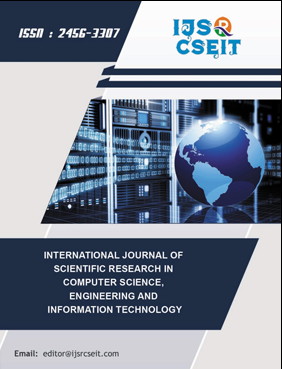Analysis of Implementation of GST
Keywords:
Data analysis, Visual representations, Twitter analysis, trends and patterns, customer behaviour.Abstract
Huge amounts of data is produced every second of the day by governments of different countries. This data can be used to analyse the trends and patterns in the way people react to different reforms. GST has been one such drastic and life changing reform. The analysis of how this new bill has affected the citizen of our country can provide with important information. The system provides an intricate and in depth study of GST (Goods and Service Tax) and finds out through the process of data mining how this new bill on taxation affects the people of different states. This information will be analysed using the tools of data mining and displayed in visually appealing and understandable forms such as graphs, pie charts, word clouds etc
References
- Qing-Bao Liu, Su Deng, Chang-Hui Lu, Bo Wang and Yong-Feng Zhou "Relative Density based K-nearest neighbours clustering algorithm" The Institute of Elec-trical and Electronics Engineers Inc.(IEEE) ,November, 2003
- Xindong Wu, Xingquan Zhu, Gong-Qing Wu and Wei Ding "Data Mining with Big Data" The Institute of Electrical and Electronics Engineers Inc. (IEEE), Janu-ary, 2014
- Hui Jiang, Kun Wang, Yihui Wang, Min Gao and Yan Zhang "Energy Big Data : A Survey", The Institute of Electrical and Electronics Engineers Inc. (IEEE), 2016
- Shengjun Xue, Hongtao Wang and Tan Ran "High Per-formance Data Mining Algorithms and Similarity mod-els Research", The Institute of Electrical and Electronics Engineers Inc.(IEEE), December, 2008
- Xiao-Heng Zhou, Hong-Bin Wang, Dong-Ru Zhou and Bo Meng "Data Clustering Algorithms based on Digital Search Trees", The Institute of Electrical and Electron-ics Engineers Inc.(IEEE) ,November, 2003
Downloads
Published
Issue
Section
License
Copyright (c) IJSRCSEIT

This work is licensed under a Creative Commons Attribution 4.0 International License.

